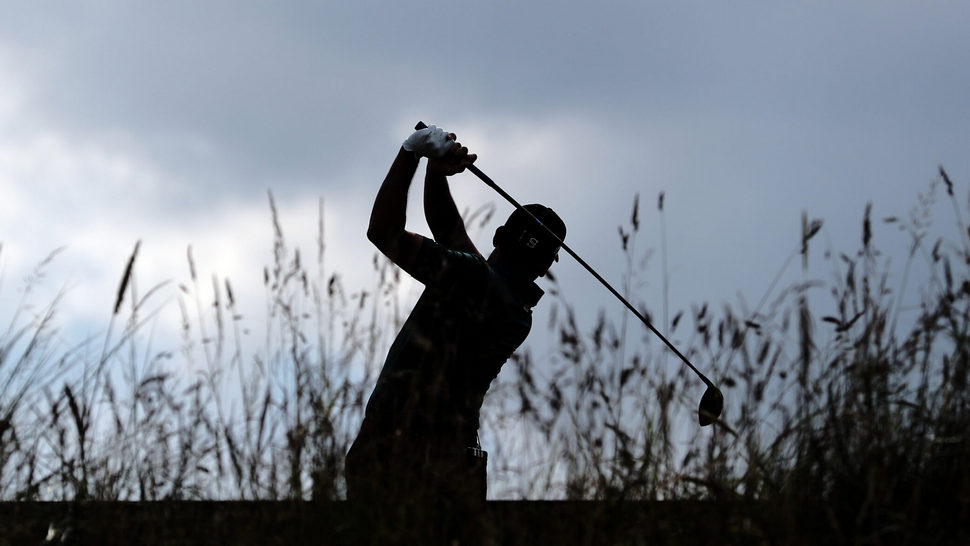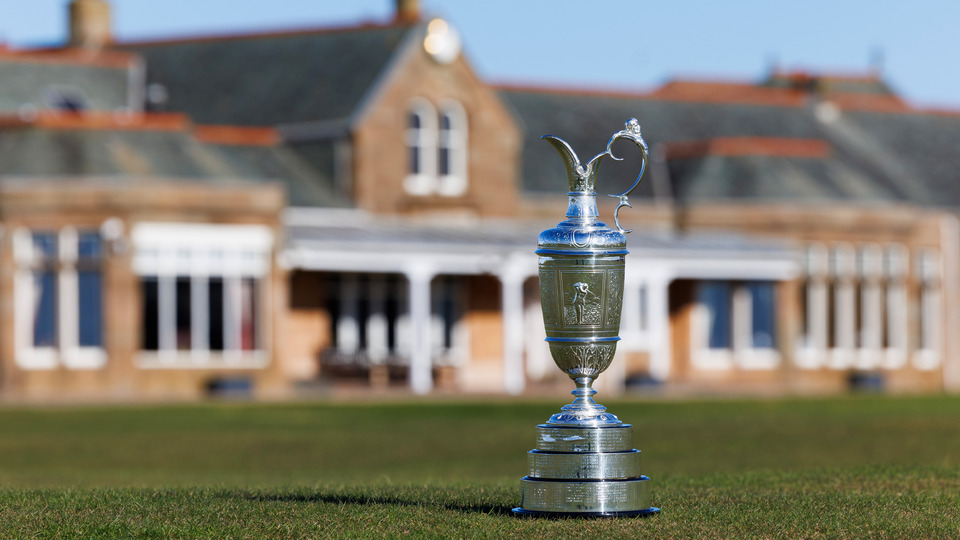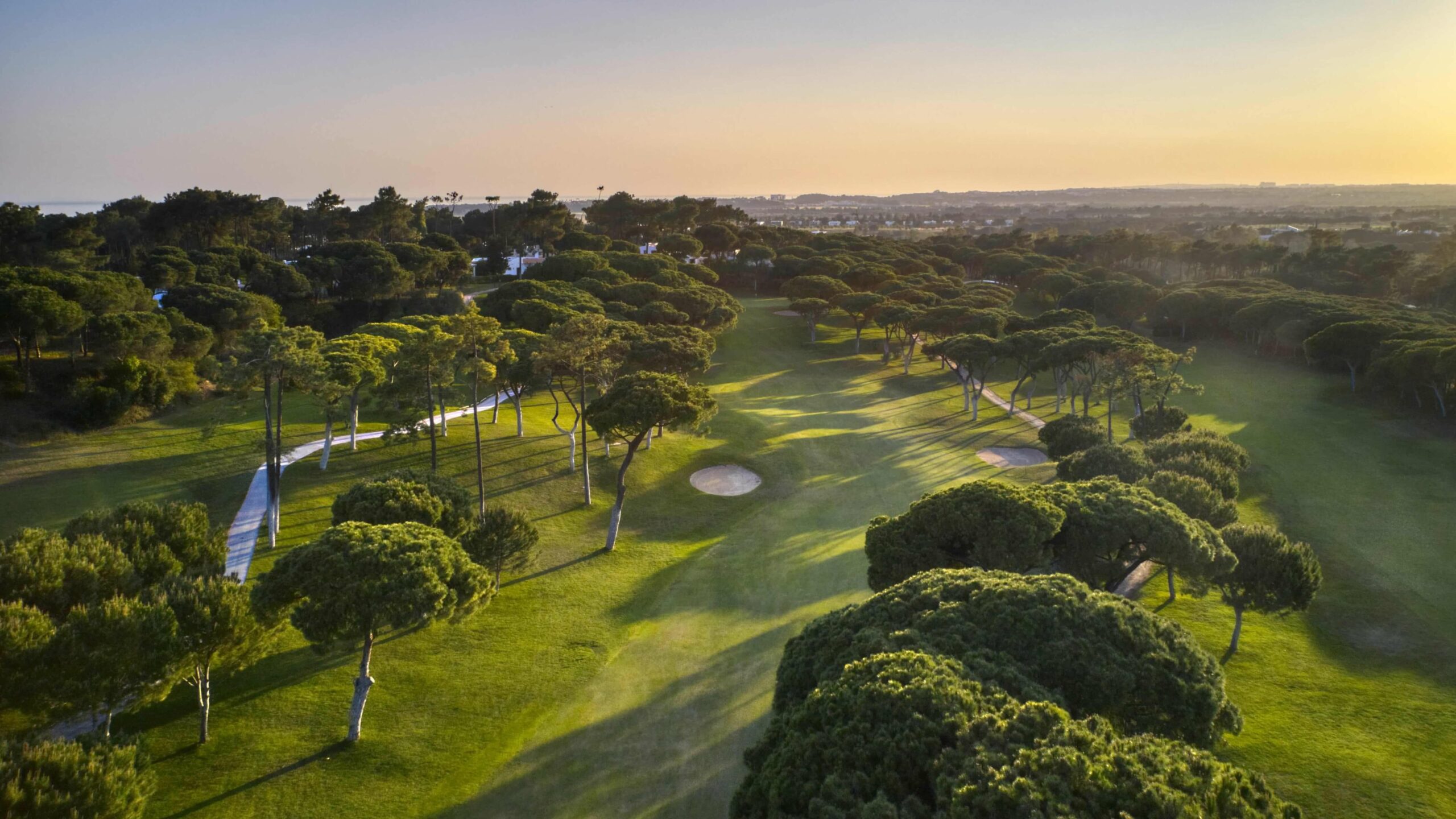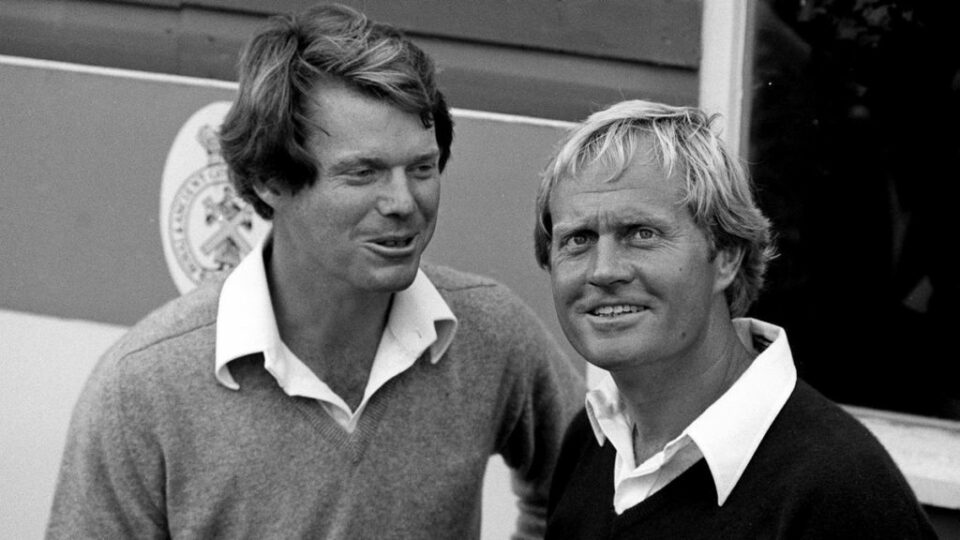Co-founder Bob Jones firmly believed The Masters would always have a connection for top tier amateurs to play in the April event.
During his intersection with competitive golf, Jones was the most accomplished of amateurs and when Augusta National came into being it was his desire to keep that connection front and center.
Jones did play in The Masters between 1934-1948 but his competitive days were in the rear view mirror.
The list of amateurs invited to Augusta is a small grouping of players. However, their collective presence remains a reaffirmation to Jones' roots and the primacy they play in the annual event.
While no amateur has ever won The Masters there have been several near wins with runner-up finishes in three tournaments.
The hospitality provided to the invited amateurs features a few perquisites.
A lucky five have the opportunity to bunk down in the Augusta National clubhouse. The allocated space is located on the third floor of the clubhouse and aptly called The Crow's Nest. The space provided is tidy and functional.
Rising from the approximately 30 by 40-foot room is the Clubhouse’s 11-foot square cupola. The cupola features windows on all sides and can only be reached by ladder.
The Crow's Nest is a walk back in time. The location celebrates the caliber of amateurs who made their first visit to Augusta National before turning professional in search of fame and fortune.
Eight players who bunked in the Crow's Nest as amateurs went on to win the Green Jacket. That list includes Phil Mickelson, Tiger Woods, Tom Watson, Tommy Aaron, Jack Nicklaus, Ben Crenshaw, Mark O'Meara and Craig Stadler.
Amateur golf at The Masters reached its zenith immediately after the end of World War II and before the ascendancy of professional golf took hold in the 1960s. Increased sponsorship provided monetary gains which proved too enticing an attraction for those within the non-paid ranks to continue that affiliation.
The ten golfers listed reaffirmed the Jones vision that amateurs would forever find a place at The Masters.
***
Key - The number in parentheses reflects the total number of times the player was the low amateur in The Masters.
# 1 - Charles Coe (6)
The list of the finest amateurs to have played in The Masters must start with the name Charlie Coe leading the parade. The lanky and rail thin Coe won two U.S. Amateurs and nearly a third before being beaten by Jack Nicklaus with a birdie at the final hole at The Broadmoor in 1959.
Coe's best finish in the Masters came in 1961 when he tied for second with Arnold Palmer one shot behind winner Gary Player after lipping out a putt at the final hole.
A record six times Coe finished as low amateur. He also set amateur records at Augusta that include most Masters appearances (19), most cuts made (15); top-25 finishes (9); top-10 finishes (3); eagles (6); and rounds played (67).
Coe also won low amateur honors in four consecutive decades - the 1940s thru 1970s. And he also holds the low 72-hole score of 281 in 1961. He was also a member of six Walker Cup teams.
Coe would also be honored as a recipient of the Bob Jones Award, the highest honor from the USGA in 1964.
One of Coe's most noted rivals, E. Harvie Ward, paid the Oklahoman the ultimate compliment when saying, "He (Coe) was the only guy that I feared to play."
# 2 - Frank Stranahan (3)
From 1936 to 1954, Ohioan Frank Stranahan used his family's wealth to compete in amateur competitions around the globe. In the 1947 Masters Stranahan closed with a final round 69 to tie for second with Byron Nelson two shots behind winner Jimmy Demarest.
Stranahan's amateur successes included two wins in the British Amateur (1948 and 1950), a runner-up position in the 1950 U.S. Amateur and a tie for second in both the 1947 and 1953 Open Championships.
At Augusta, Stranahan was low amateur on three different occasions. Interestingly, after being low amateur in the 1947 Masters, Stranahan was escorted off the grounds at the 1948 Masters during a practice round because of alleged etiquette violations and verbal abuse to a club employee.
Stranahan eventually turned pro in 1954 and had limited success although he remains the only amateur to have won more than one PGA Tour events. Beyond his golfing prowess was his zest for body building. He also competed in over 100 marathon events. It was Stranahan's focus on physical fitness that paved the way for the likes of Gary Player and others in the years ahead.
# 3 - Billy Joe Patton (3)
The 1954 Masters is often remembered for the monumental playoff between golf's two biggest stars at the time, Ben Hogan and Sam Snead.
But an amateur stole the spotlight going into the final round. Hailing from North Carolina, Billy Joe Patton had assumred the 36-hole leaod. After falling back with a third round 75 the amateur trailed leader Ben Hogan by five shots.
Matters turned quickly around in the final 18 holes when Patton aced the par-3 6th hole. By the time he completed play at the par-3 12th hole, Patton held sole possession of the lead. At the renowned par-5 13th Patton's tee shot found a sidehill lie. Foregoing a lay-up shot Patton boldly went for the green in two shots. His play found the fronting creek and he scored a doube-bogey. Patton, to his credit, birdied the 14th hole to move back into the lead.
At the par-5 15th Patton was faced with a similar decision like the earlier 13th. Once again the bold play backfired and he found the fronting pond that guards the green. The resulting triple-bogey would doom Patton with him eventually finishing just one shot out of the playoff.
Patton never second-guessed himself with both decisions. His golf career still flourished even without the Green Jacket around his shoulders. He played on five Walker Cup teams and was captain of the 1969 team. Patton also received the prestigious Bob Jones award from the USGA in 1982.
# 4 - Ken Venturi (1)
Two years after the Patton collapse the 1956 Masters looked like the moment when an amateur would finally win The Masters. Californian amateur Ken Venturi started the tournament with the first round lead scoring a six-under-par 66. Venturi remained in the solo lead after 36 and 54 holes.
With just one round to play he led by four. Generally the final round leader was paired with Byron Nelson. But because Venturi had been a student of Nelson's it was decided by Augusta officials he would be paired with Sam Snead.
Gusty conditions enveloped the field for the final round and Venturi's play faltered to a hard charging effort from Jack Burke, Jr. The turning point coming when Burke birdied the 17th hole while Venturi bogied thereby giving Burke the lead for the first time. The two would par the final hole giving the Texan a one shot triumph. Burke would score 71 to Venturi's 80.
Venturi's collapse was not his only epic Masters moments. In 1958 and 1960 he would lose to Arnold Palmer in two stunning tournaments.
Venturi would finally crack into the column of major championship winners with victory in the 1964 U.S. Open at Congressional but the 1956 Masters meltdown remains a powerful reminder on what might have been.
# 5 - E. Harvey Ward, Jr. (3)
Just one year removed from the Venturi collapse, another talented amateur golfer made an effort to secure the Green Jacket.
Ward won the NCAA championship in 1949 and that only accelerated his success. He secured the British Amateur in 1952 and nearly defended the title in 1953. Ward then elevated his stature further with back-to-back wins at the U.S. Amateur in 1955 and 1956.
Going into the 1957 Masters, Ward was primed to make a run for the Green Jacket.
Heading into the final round Ward trailed leader Sam Snead by a single shot.
As late as the 10th hole he was still in contention trailing only by two. Consecutive bogeys at the 11th and 12th holes would finally end his effort and he eventually finished in solo fourth place.
Ward would have to endure a one-year banishment as an amateur imposed by the USGA becase of propurted violations of his amateur status in accepting expense money to compete. His golf game never returned to being a force in elite golf competitions

Related: The 2023 Masters sets a new standard for intrigue
# 6 - Ben Crenshaw (2)
The Texan had a superlative collegiate career and earned low amateur honors in consecutive Masters in 1972-73. A feat accomplished only four times in event history.
Crenshaw would go on to a distinguished professional career winning The Masters in 1984 and adding a second Green Jacket in an emotional ending with the 1995 event. The win came just days after his long-time teacher and mentor Harvey Penick passed away at age 90.
In addition, Crenshaw continues to serve as emcee for the Champions Dinner held on Tuesday of Masters week and open only past Green Jacket winners and the chairman of the club.
# 7 - Charles Yates (5)
Second only to Charlie Coe with five low amateur finishes. Yates secured his first low amateur honors in the inaugural Masters in 1934.
Four others followed with the final one coming in 1942. The long-time member and secretary at Augusta National Golf Club, Yates had an accomplished amateur career which included a victory in the British Amateur in 1938.
In 1980 Yates was honored as a recipient of the Bob Jones award from the USGA.
# 8 thru # 10 (tie) - Jack Nicklaus (1), Phil Mickelson (1) and Tiger Woods (1)
The amateur intersection of Nicklaus, Woods and Mickelson at The Masters is a limited one. But noted for the foundation provided in their forthcoming professional careers via crucial lessons learned early on when playing Augusta National.
- Nicklaus would play in the Masters as an amateur a total of three times, finishing as low amateur in 1960 with his best finish a tie for seventh in 1961. Just two years later the Golden Bear would win the first of a record six Green Jackets culminating with his epic final triumph in 1986.
- Mickelson only played once as amateur at The Masters in 1991 and was low amateur with a score of 290. Phil scored an opening round 69 and was just three shots off the lead.
Lefty's path to Augusta included a win at the Tucson PGA Tour event making him one of the very few to have won at the professional level while an active amateur.
His wait for a Green Jacket ended in 2004 when a leaping Mickelson finished off his round with a concluding birdie at the 72nd hole and a one stroke margin over Ernie Els. Mickelson would go on to win two additional Masters titles and also be the first winner of a major championship after turning 50 when winning the 2021 PGA Championship at age 51.
- Woods played as an amateur in the Masters twice and was low amateur in 1995. Tiger's considerable reputation was already in motion when coming to Augusta the first time as he had won the U.S. Amateur the year prior.
The turnaround from amateur star to global golf force happened quickly for Woods.
At the 1997 Masters he would set or break no less than 27 Masters records highlighted by setting the then 72-hole scoring record with a 270 total; becoming the youngest winner ever at age 21 and establishing the biggest margin of victory by 12 strokes. 22 years later, Tiger would win his 5th Green Jacket with a superlative performance at age 43 and becoming the second oldest winner of The Masters.
***



